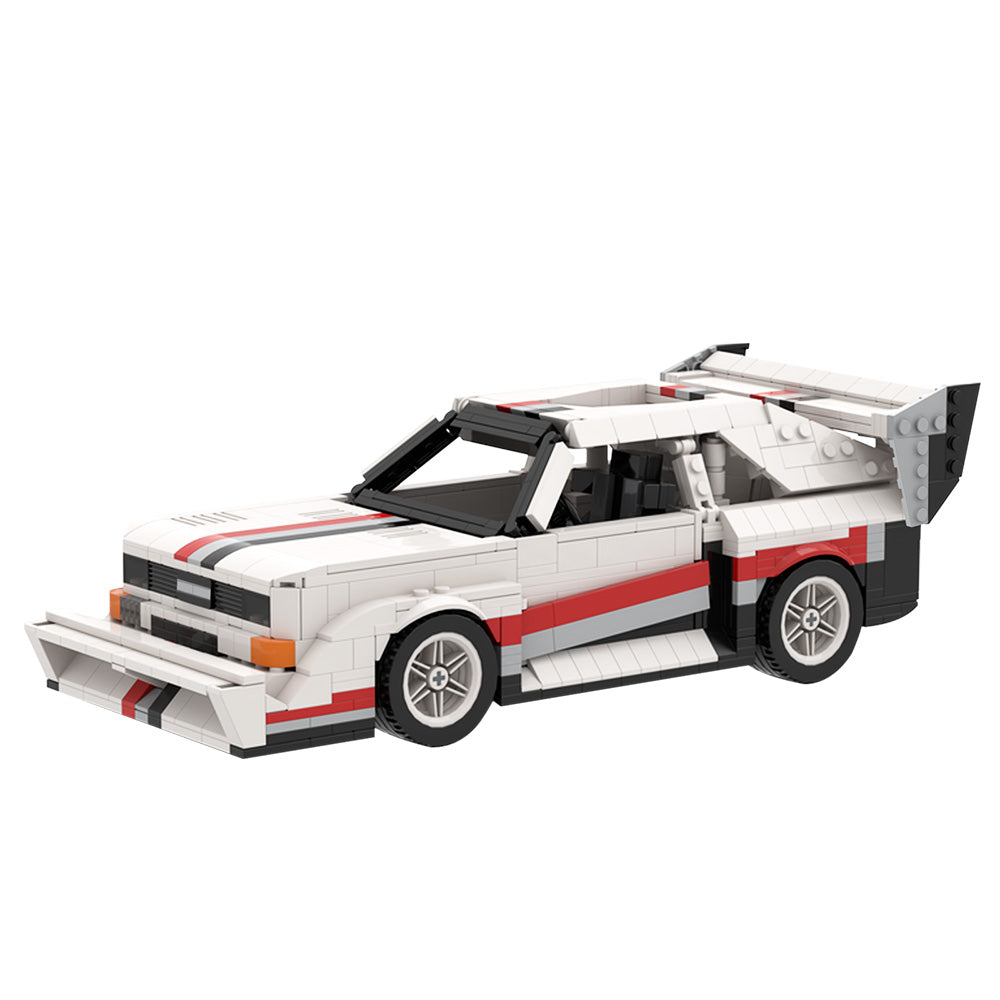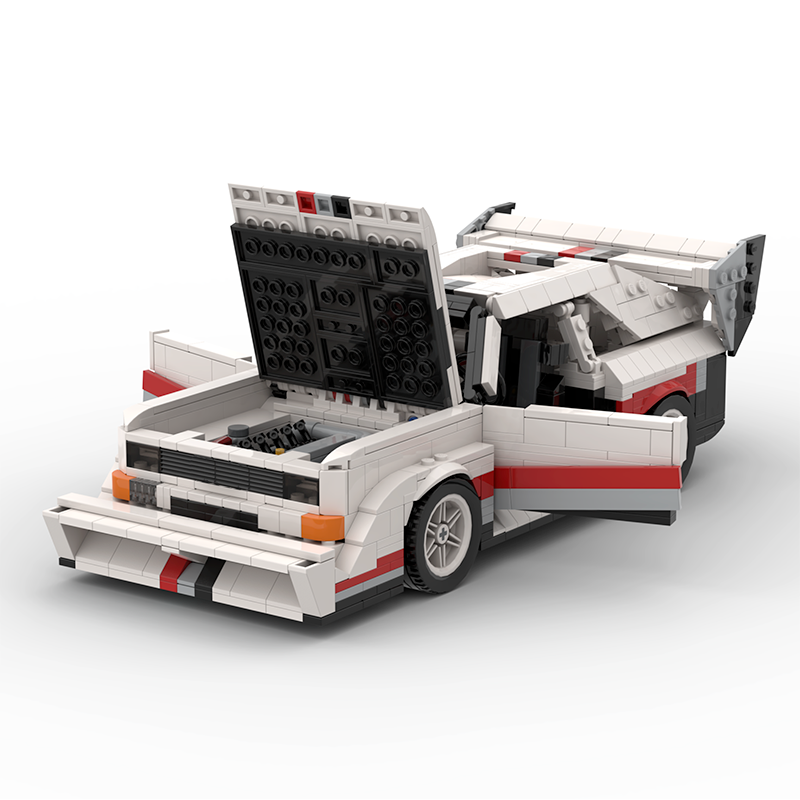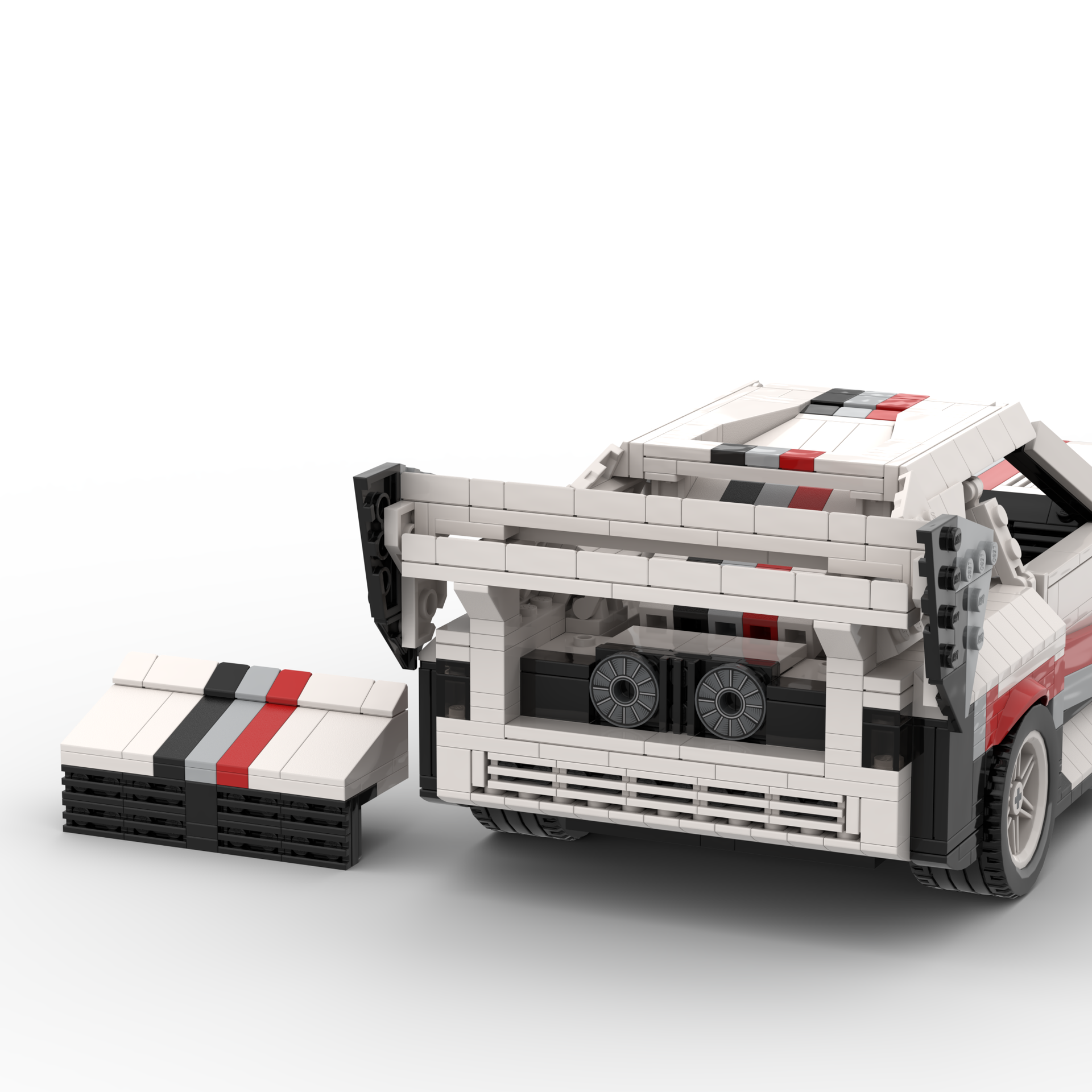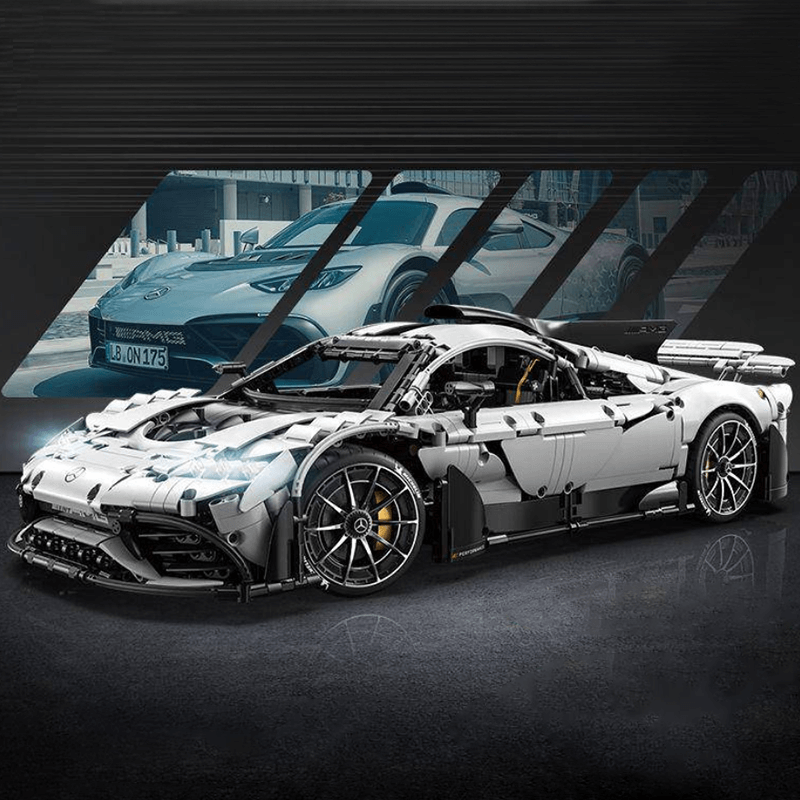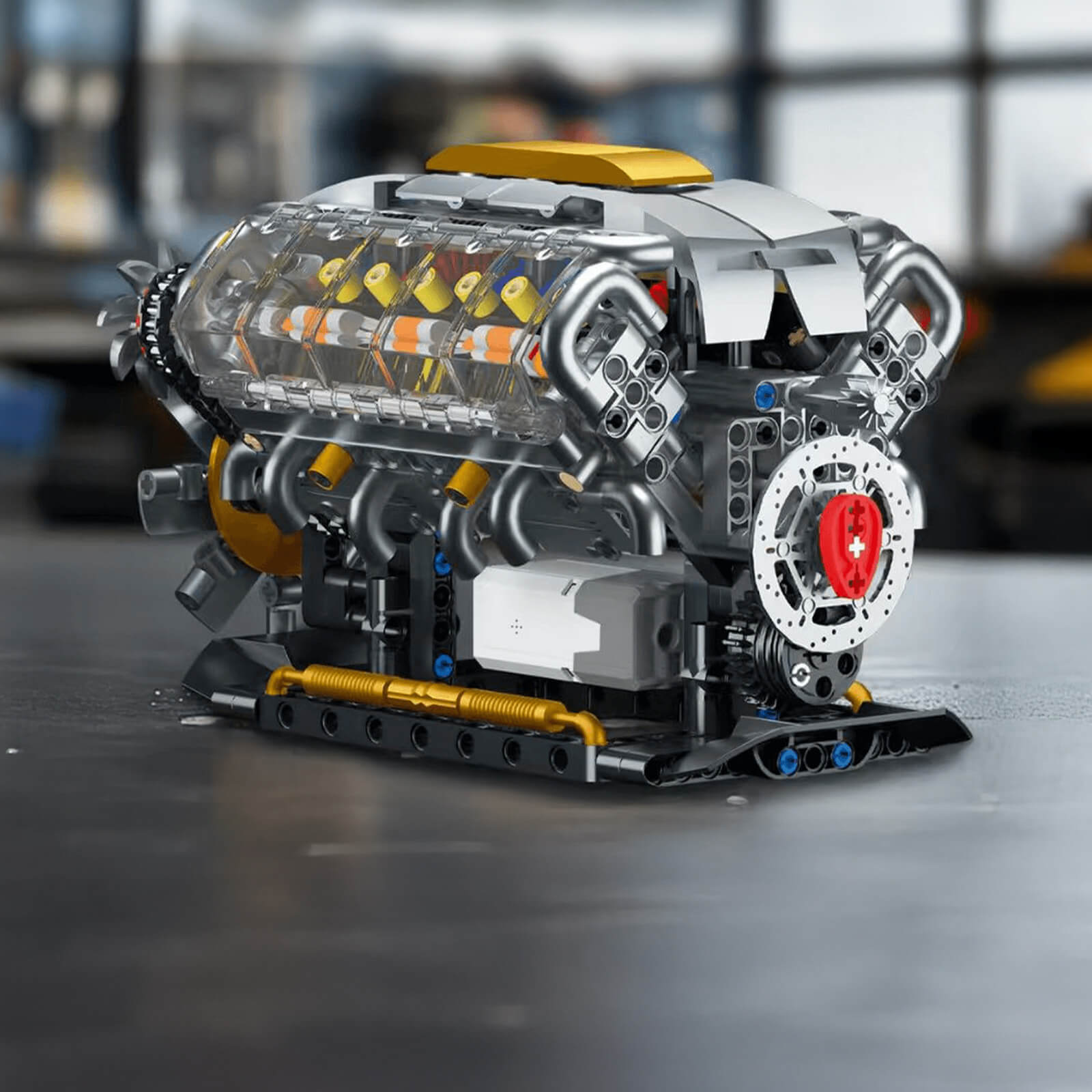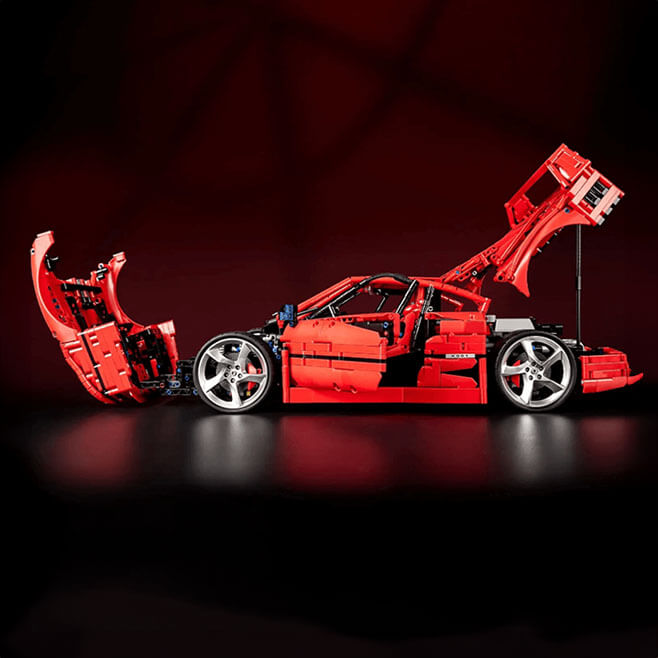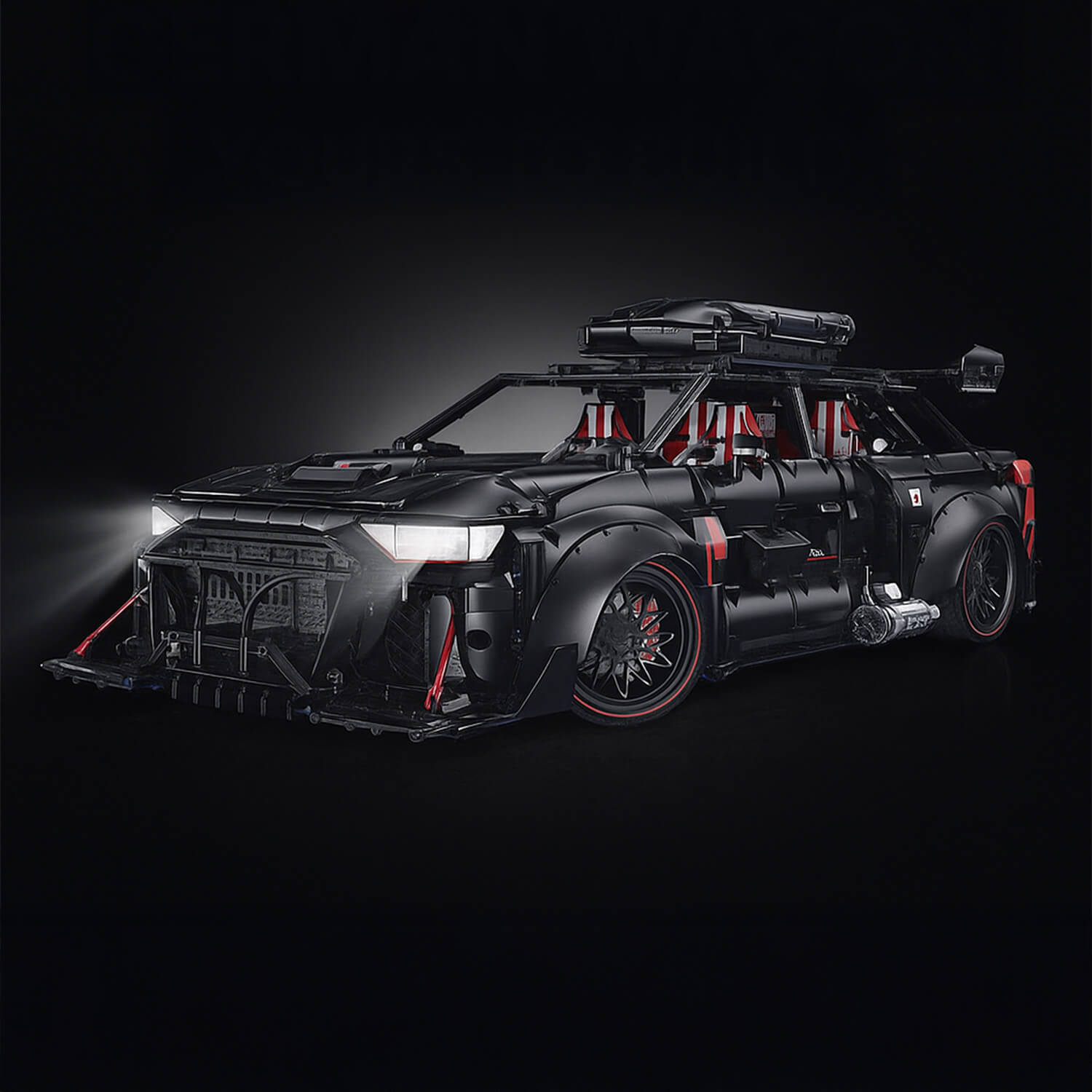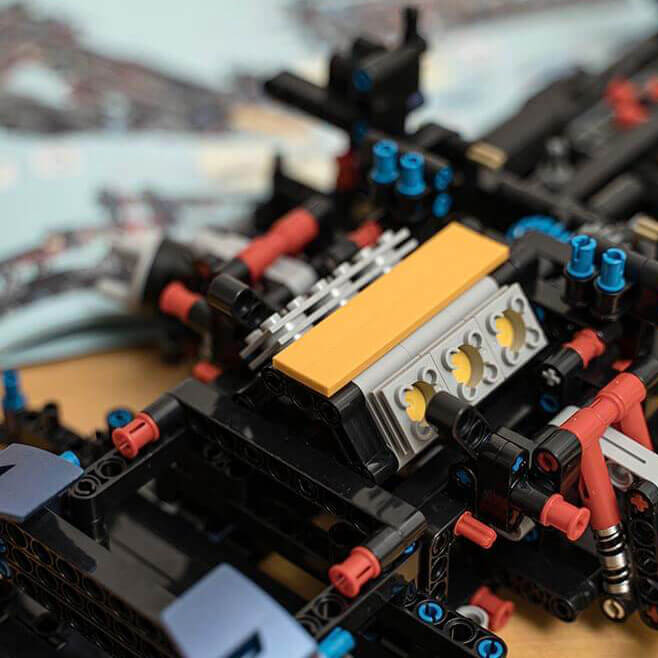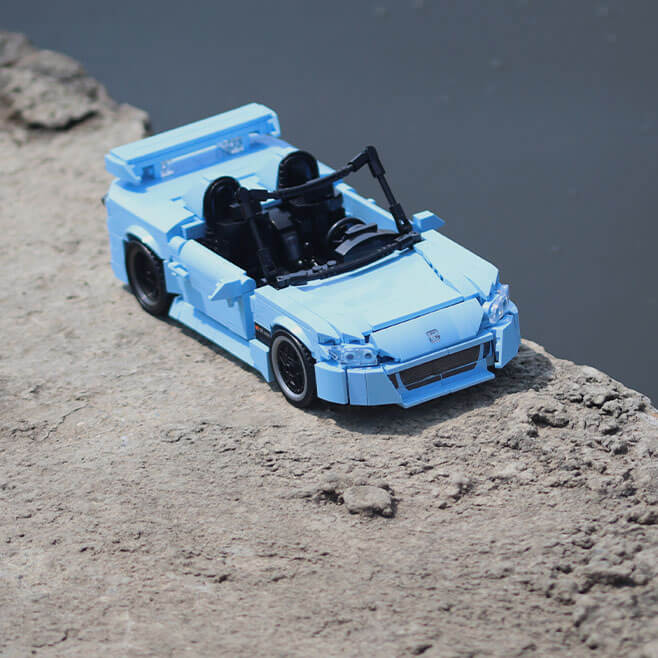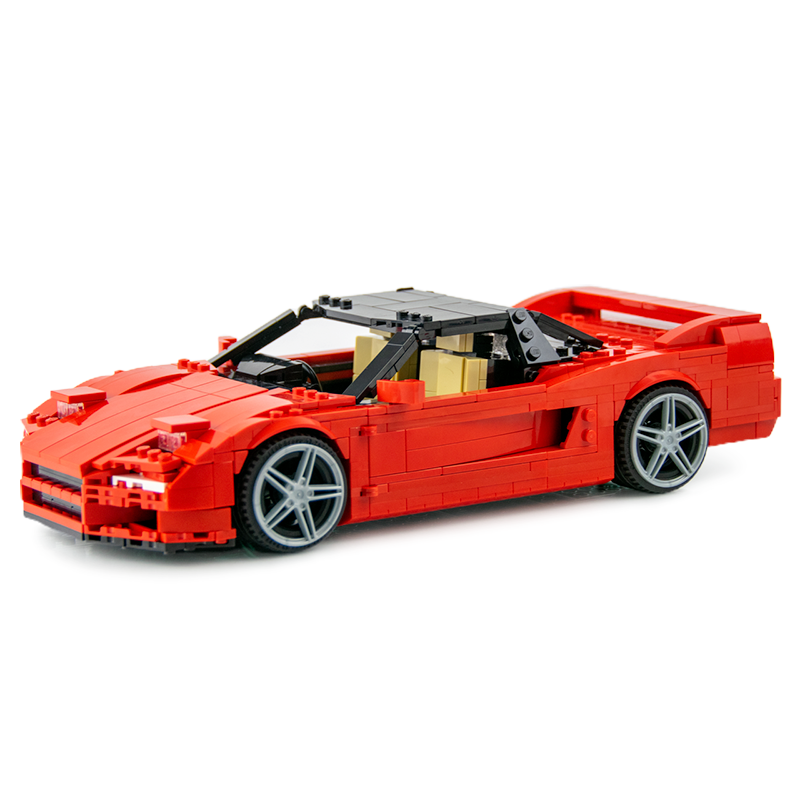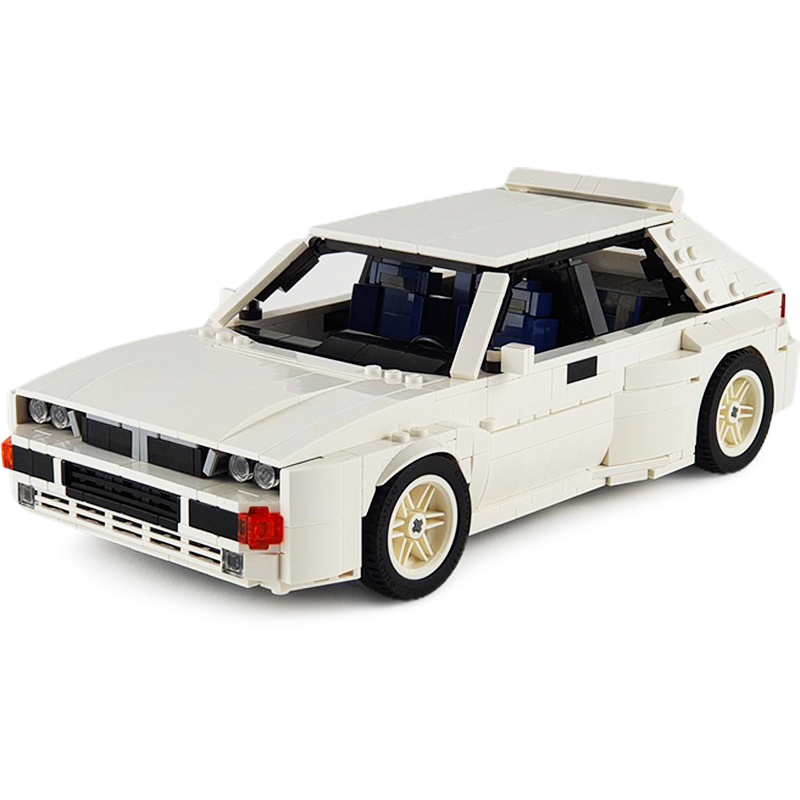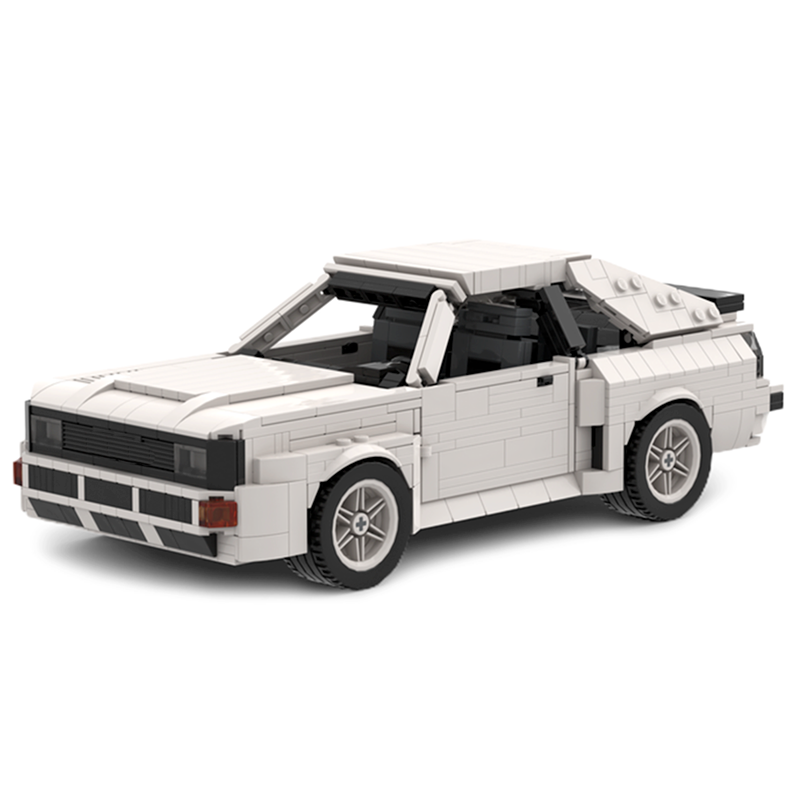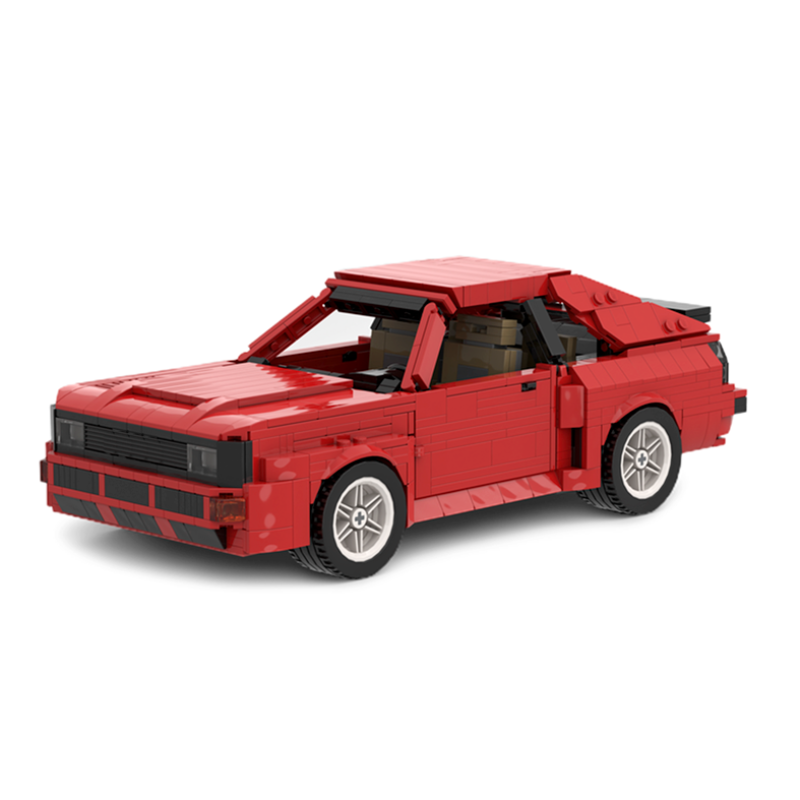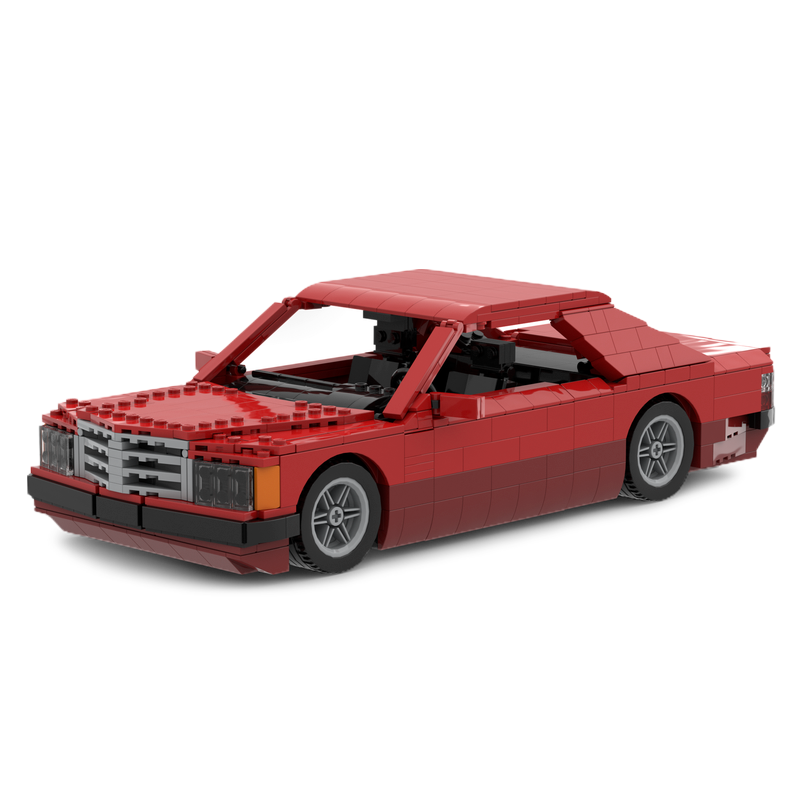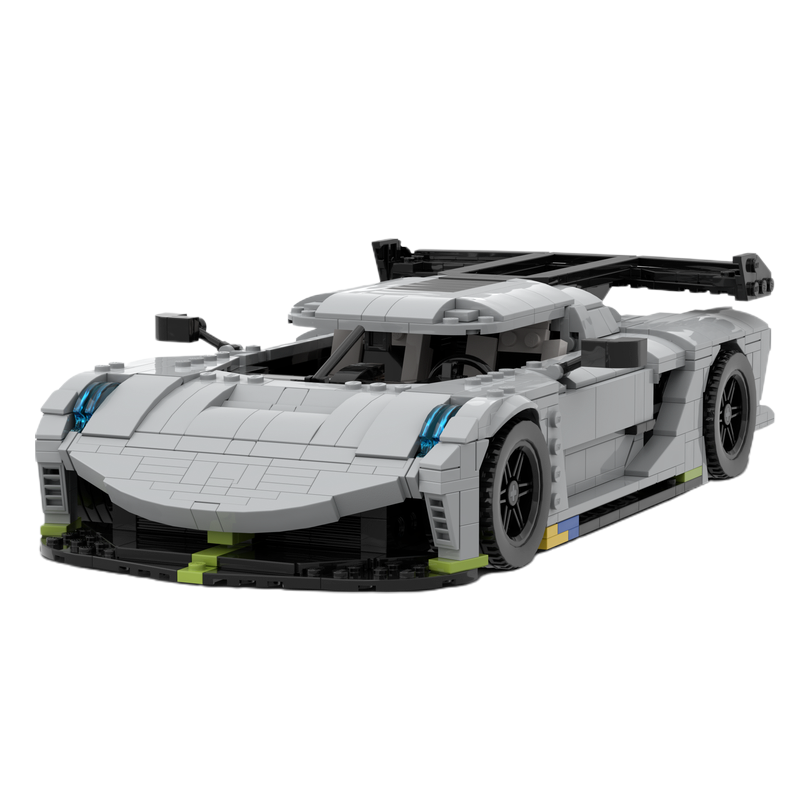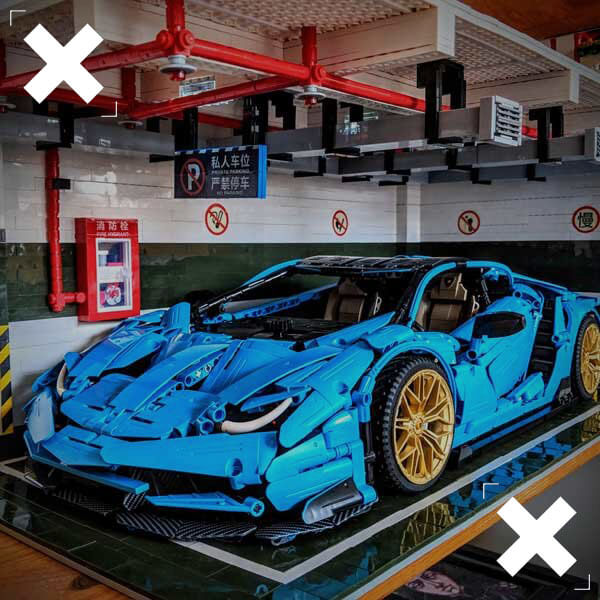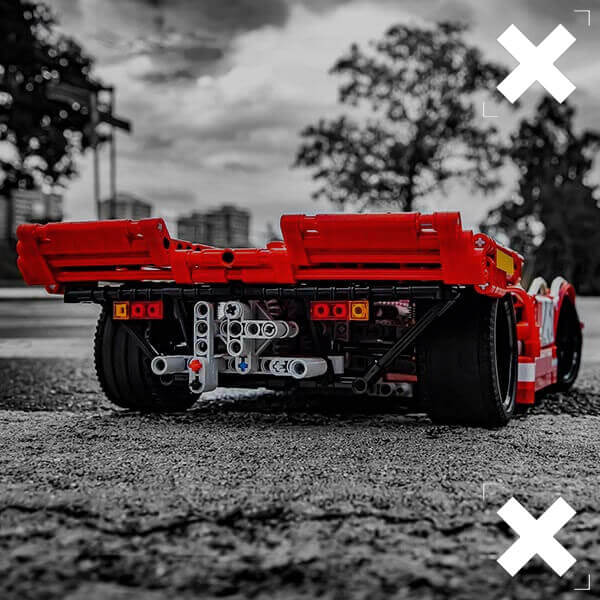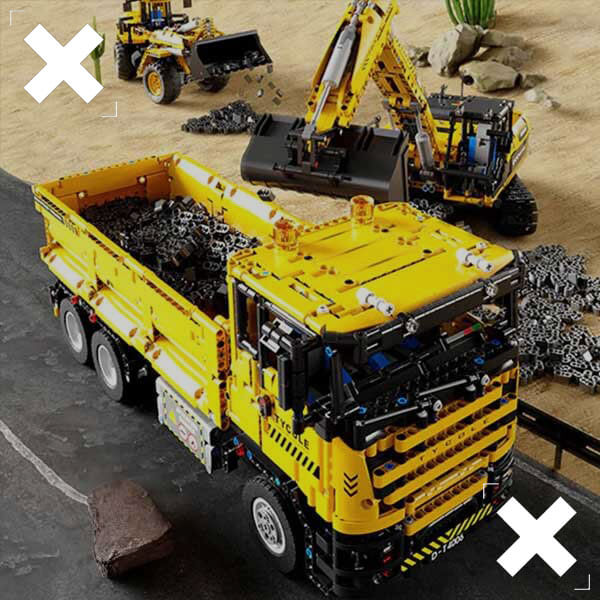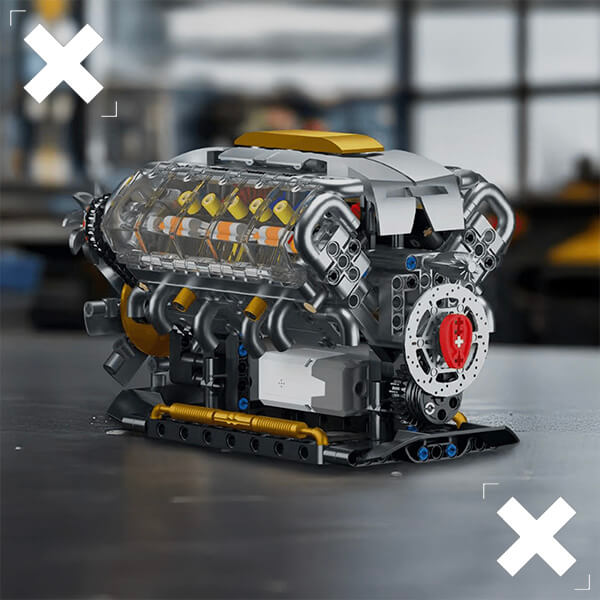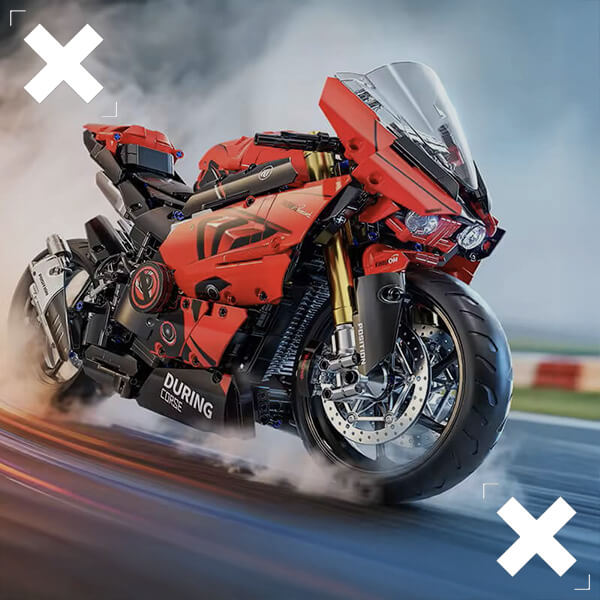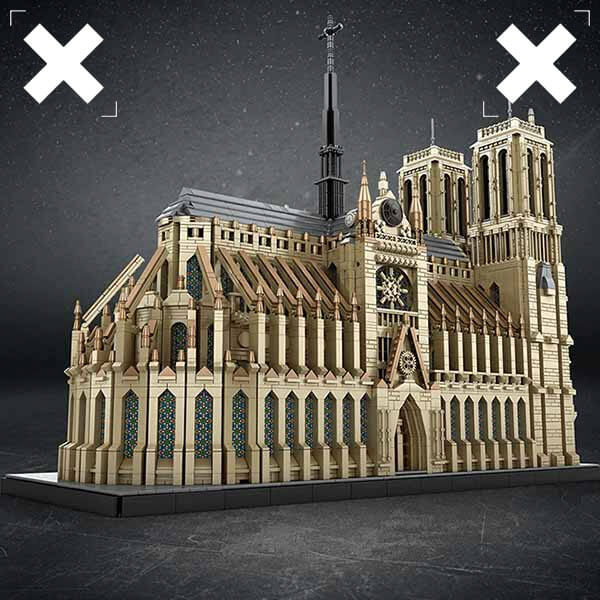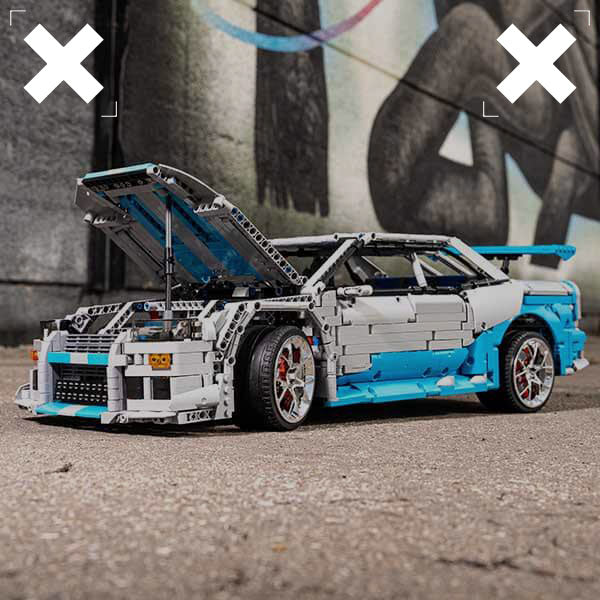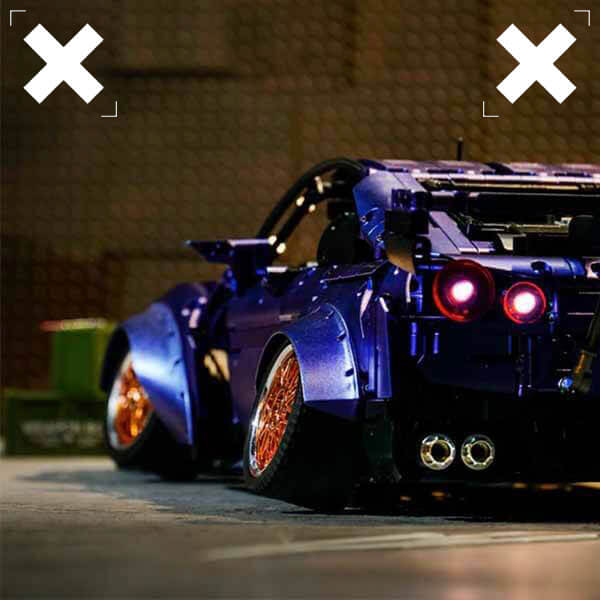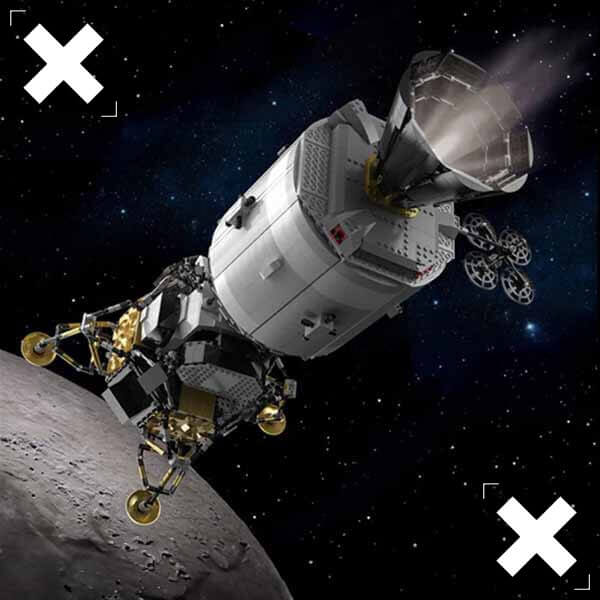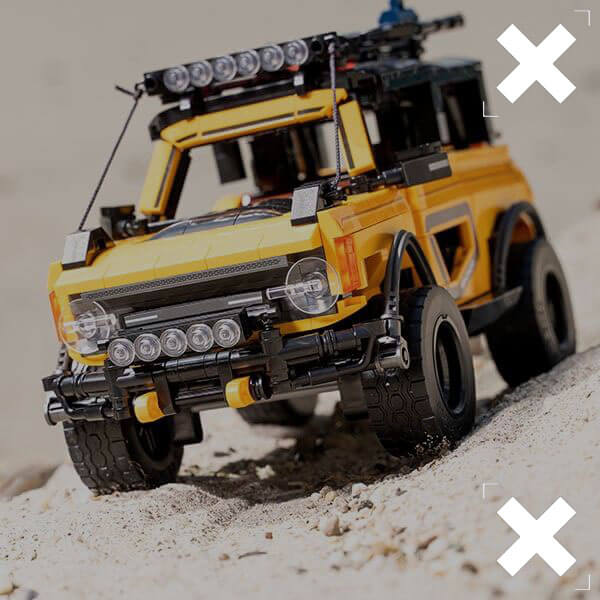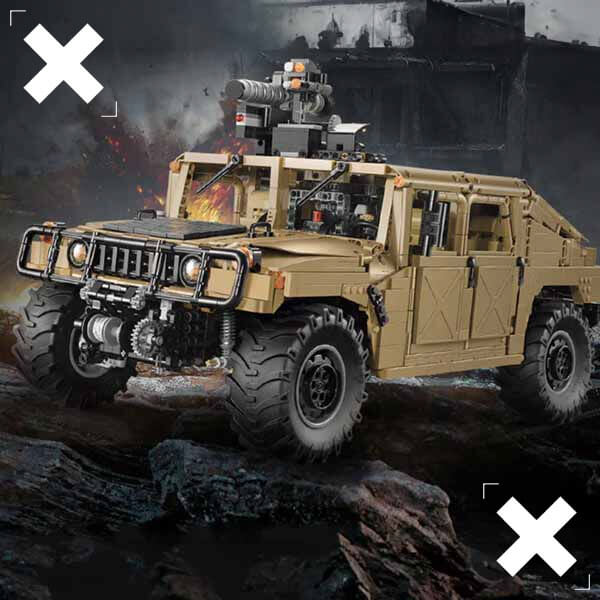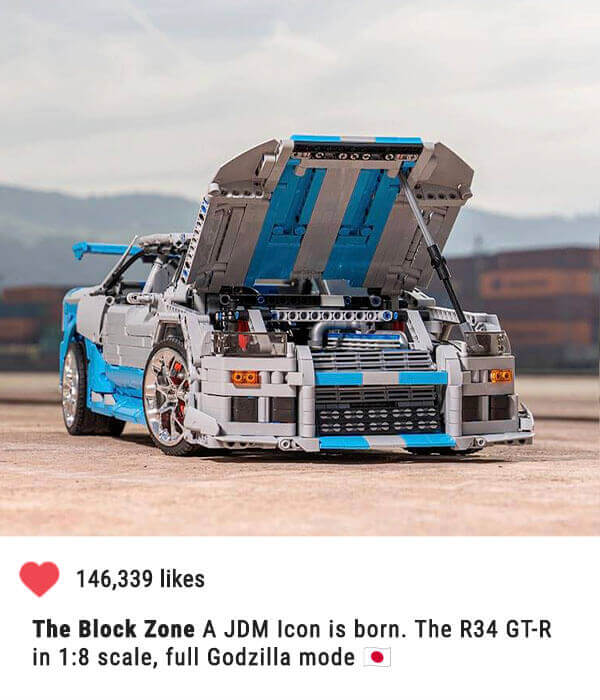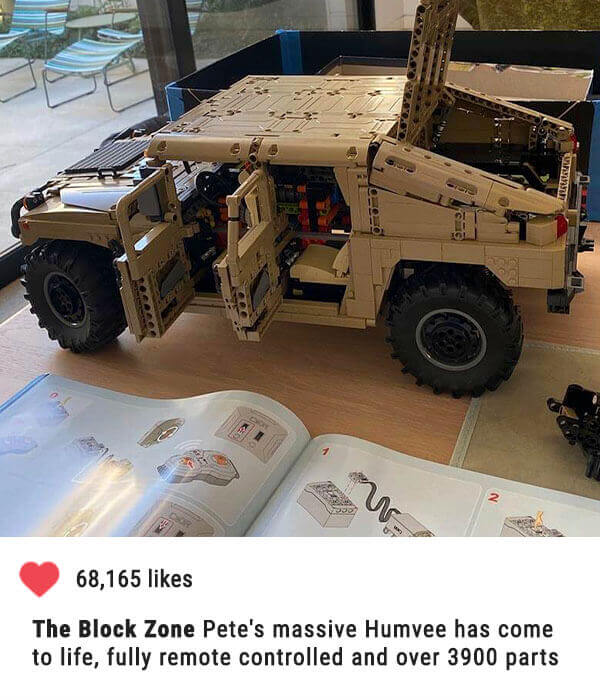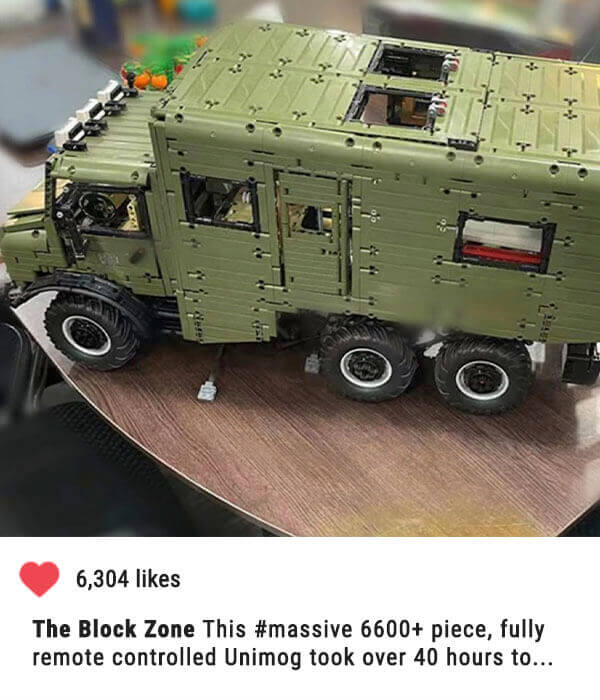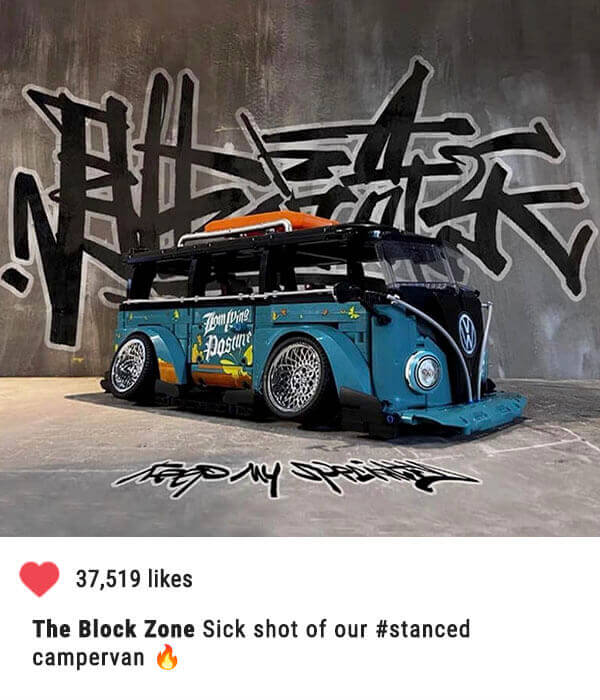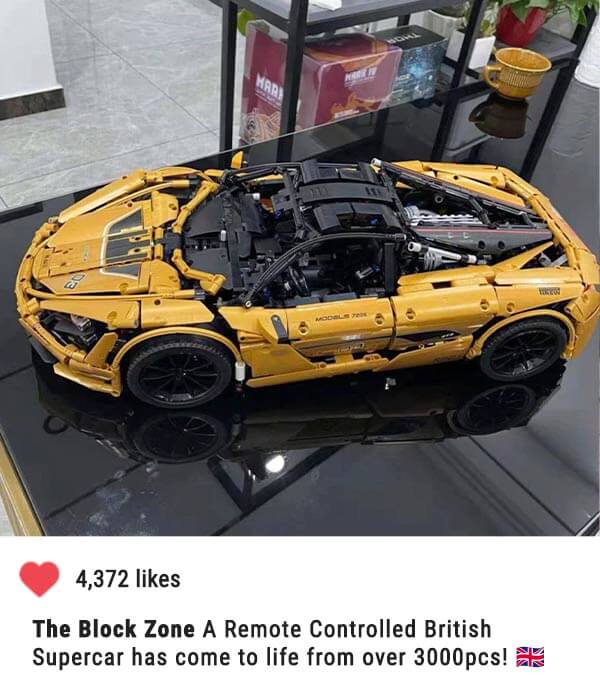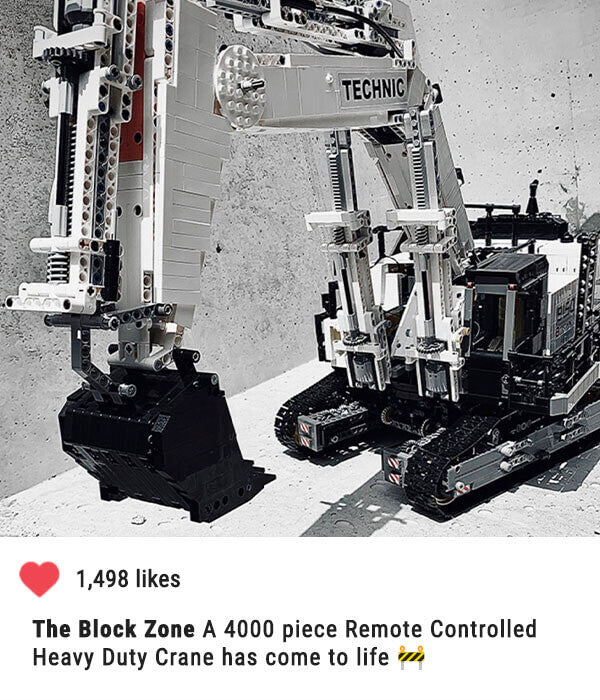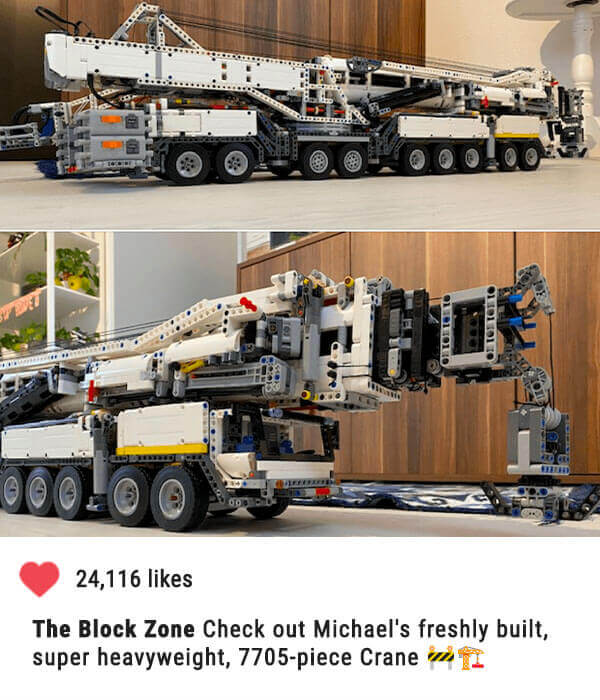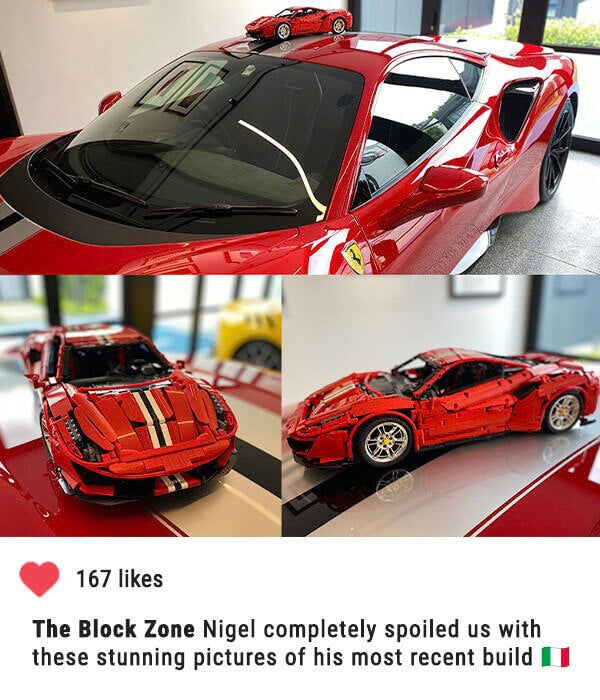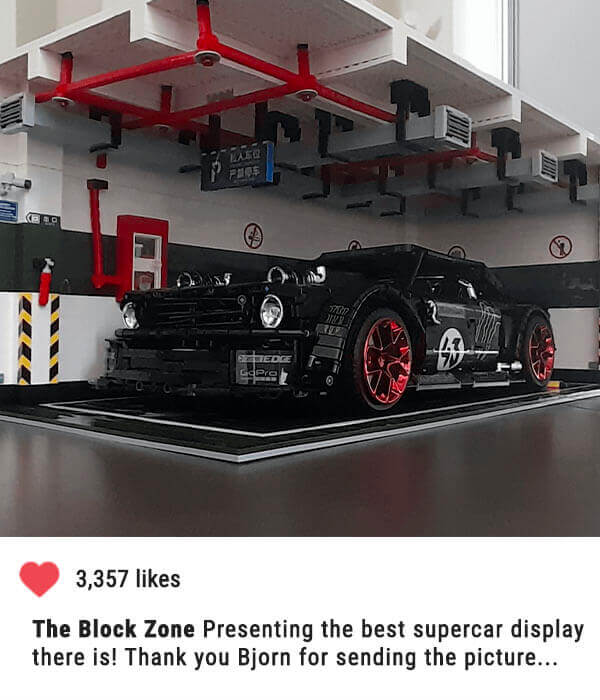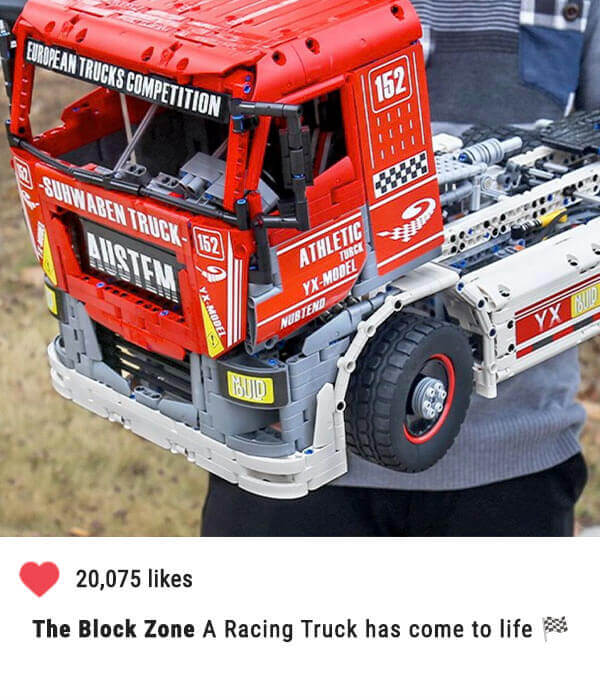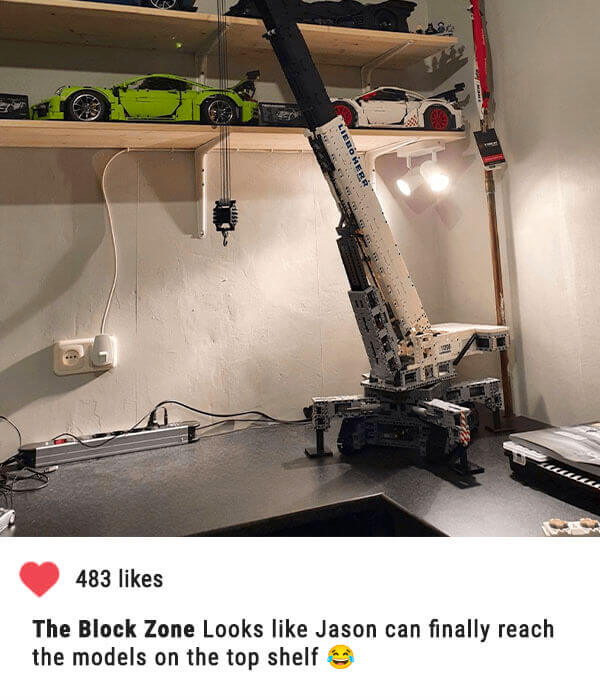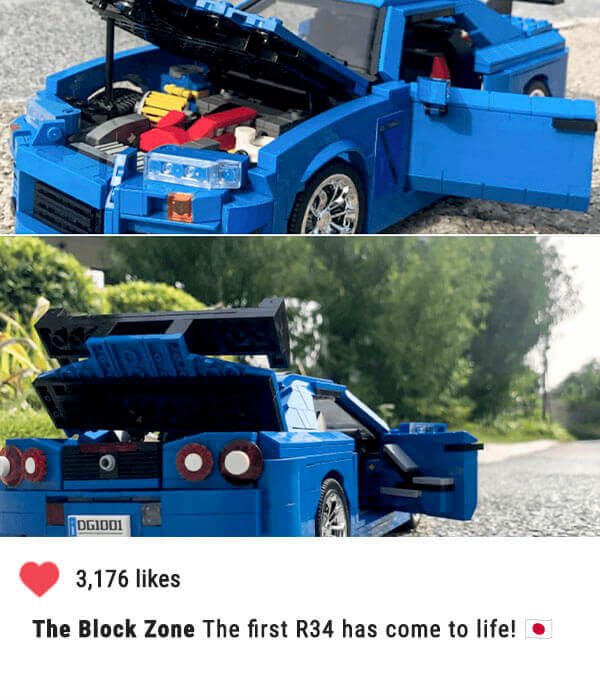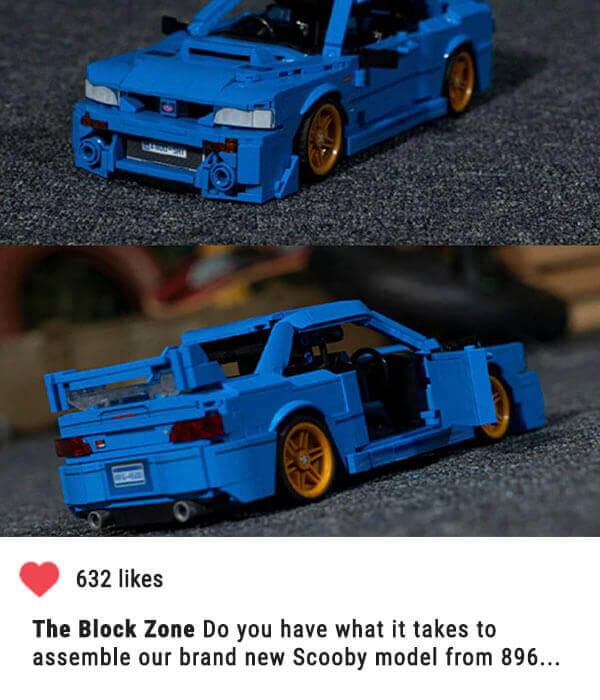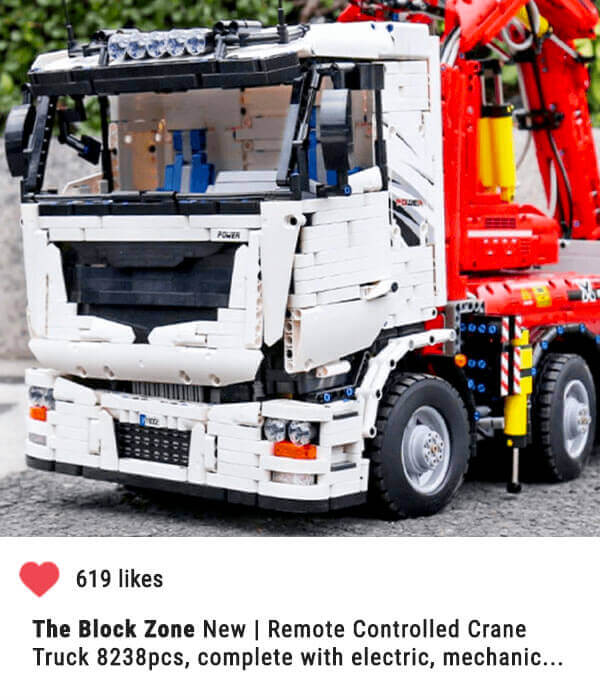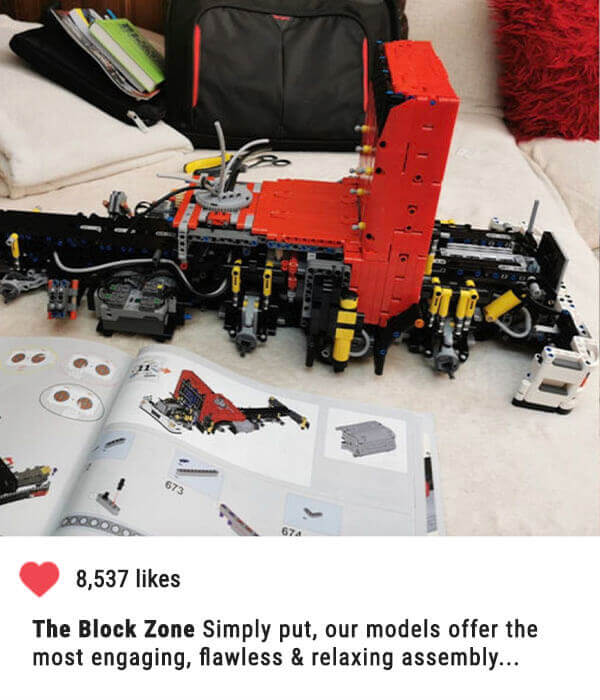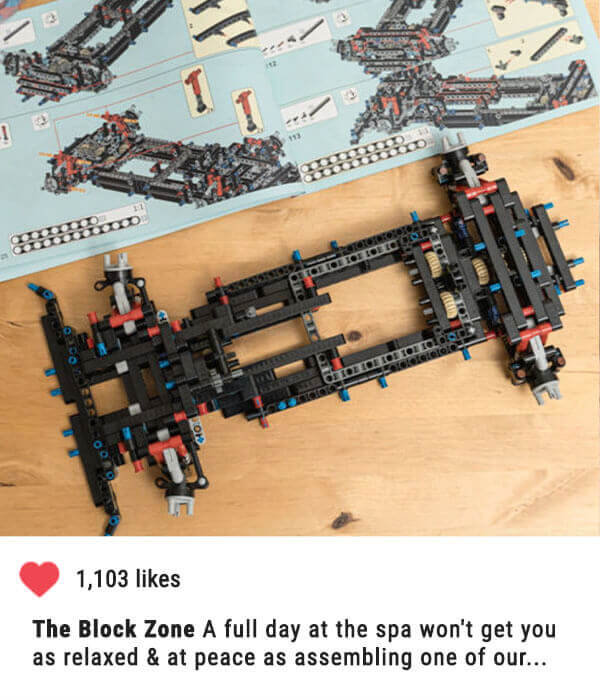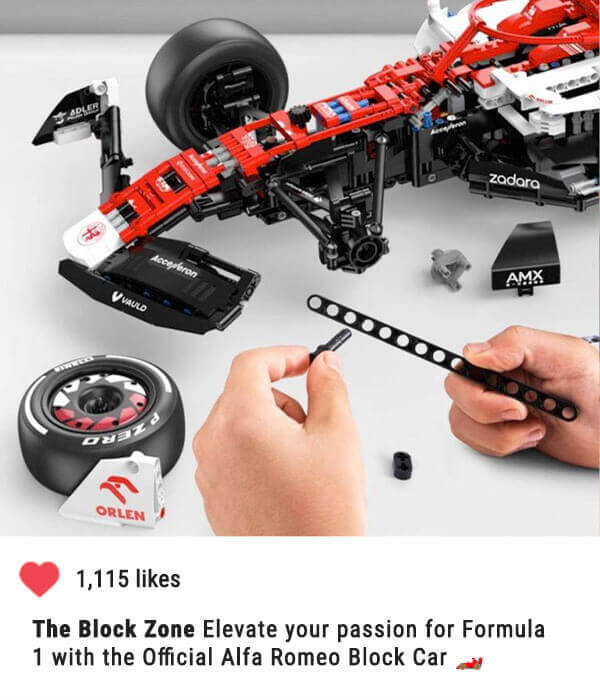"Been building since the age of 4 and the passion never really stopped..."
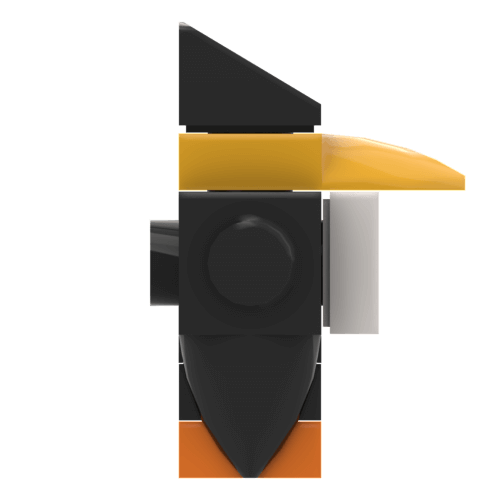
-Jan R, an architect born to design.
7
LISTED MODELS
8732
TOTAL PIECES
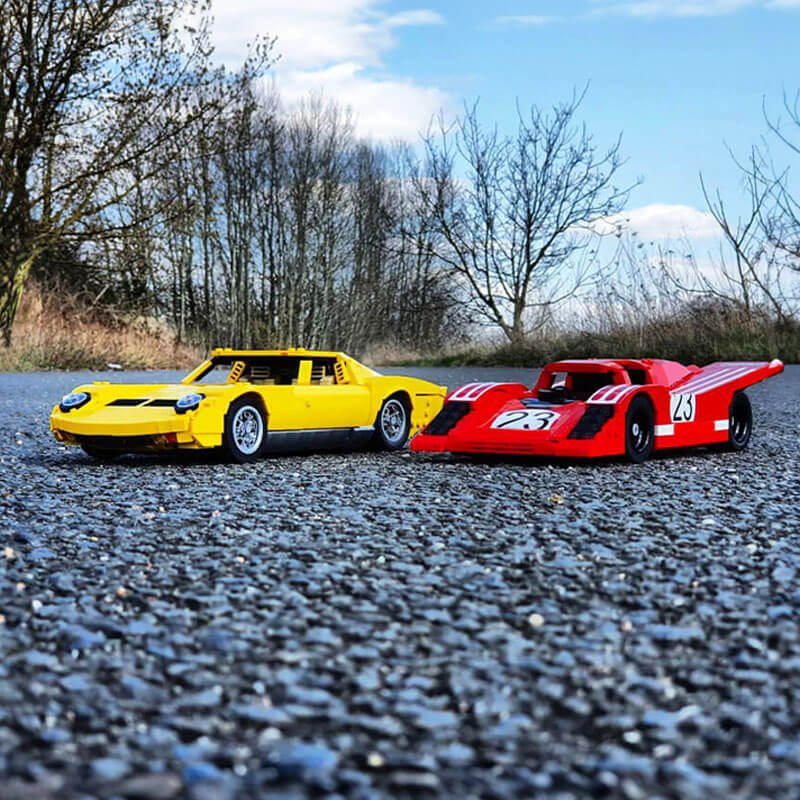
IN THE SPOTLIGHT
JAN R
Jan's designs are focused around uncompromising accuracy, leading to secondary and even tertiary iterations to achieve true scale perfection.
At The Block Zone we have been working with Jan's designs long before he even knew about us. We've had hundreds of requests from customers as far back as 2021 to release a part pack for Jan's iconic Pike's Peak Hillclimb Racer. We obliged and, once he noticed the surge of interest from our customers, Jan reached out for a closer partnership.
View Jan's DesignsAN INTERVIEW WITH JAN
To our fans & followers Jan is best known for his iconic 1:16 scale car designs and we know you'd love to meet the legend behind the MOCs! Here's what he's shared with us in an interview about his background, models, passions and his unique design process.
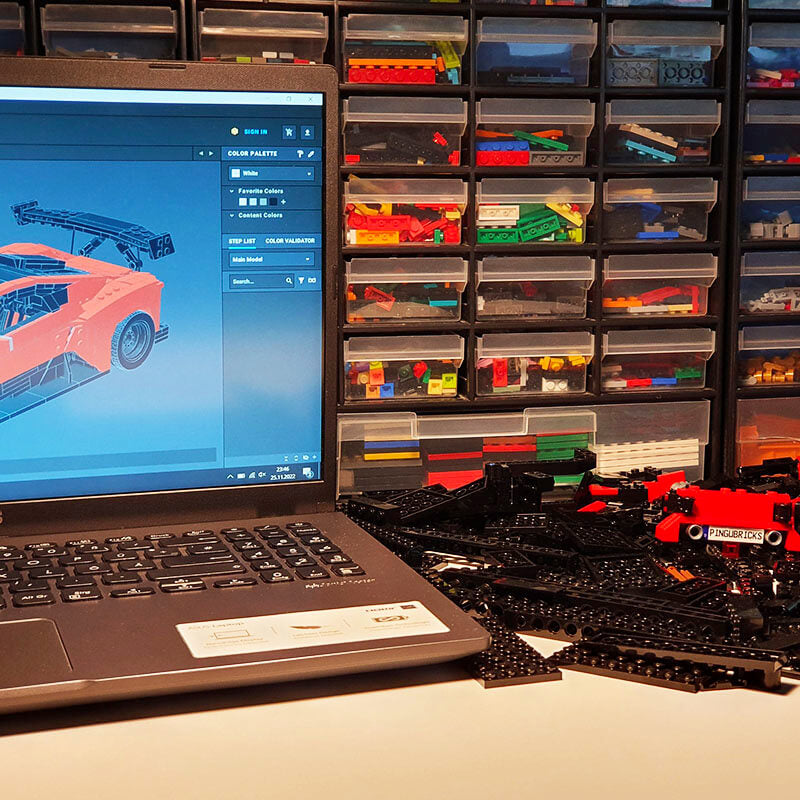
WHAT STARTED YOUR PASSION FOR BLOCKS?
"At the age of just 4 years old I started with my first models, something in the small Technic or Creator lineup which sparked the joy of both assembling models by instructions and seeing fascinating mechanisms come together, as well as creating your own models loosely recognisable as airplanes or cars.
This joy really took off at the age of 5 when we found an incredible Tow Truck model on clearance - a feat for the little boy I once was. 2 full days and nights spent assembling it, with all the perseverance and motivation one can imagine. Since I got that set it has been disassembled, rebuilt, modified, and made into completely different models hundreds of times over the years."
View Jan's Designs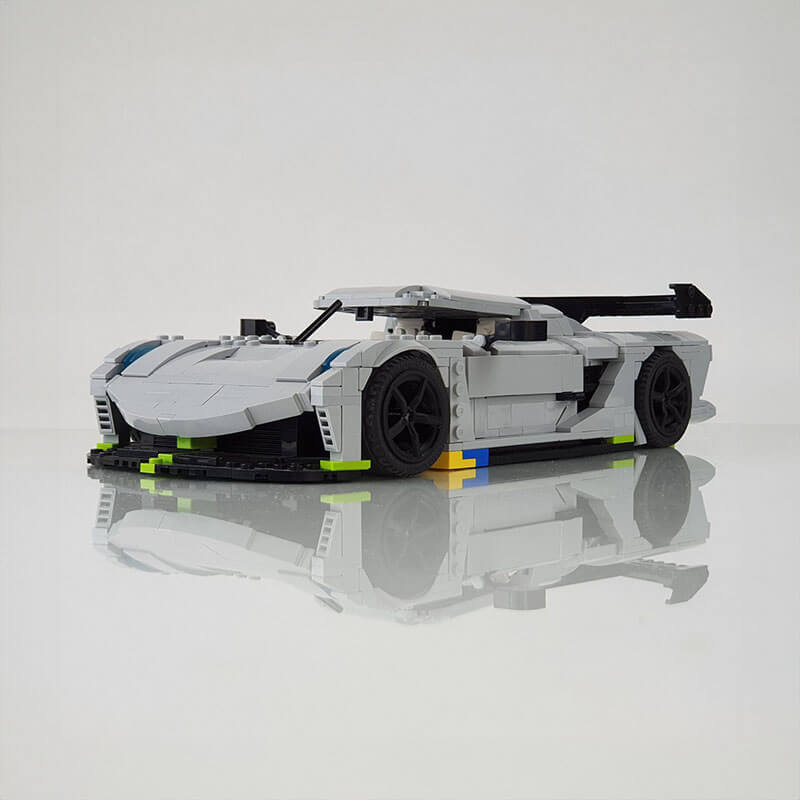
WHEN DID YOU START CREATING YOUR OWN DESIGNS?
"Back in 2018, after finding a friend who also enjoyed building with blocks in school, we were seeking out stores to get parts outside the official sources. We found one (which by now has unfortunately closed down) at which you can rummage through bins of parts and pay by weight, opening up completely new possibilities for creating your own models.
At the same time I started using "LDD" to try to replicate some of my dream cars, McLaren P1, Ford GT, Bugatti Chiron (picture of V1 included here). From there on it was just a question of time until my designs evolved into more accurate replicas of real cars, and slowly lead to where I am now."
View Jan's Designs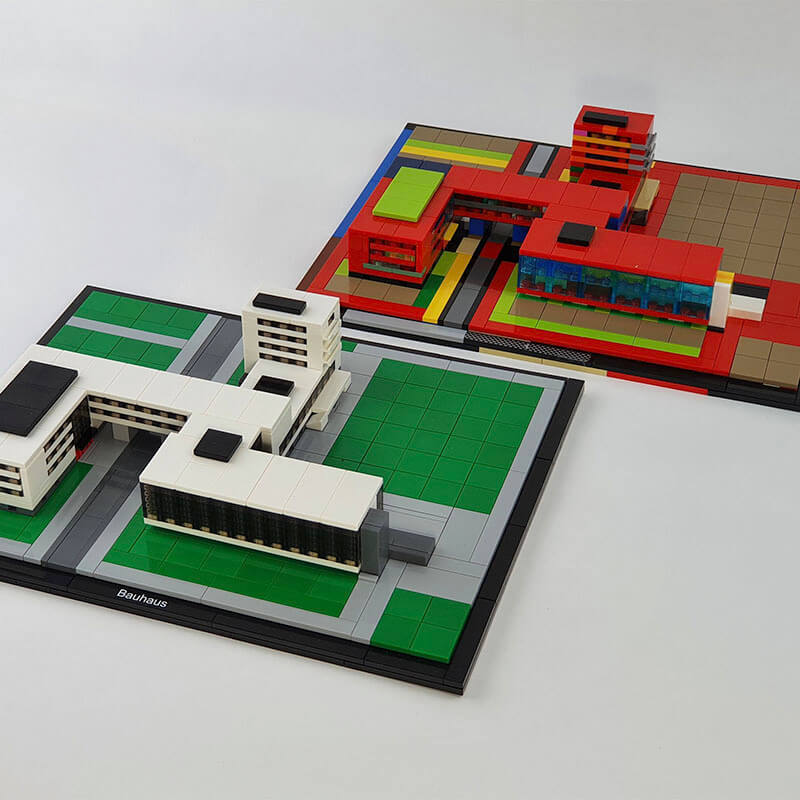
WHAT TYPES OF MODELS DO YOU ENJOY BUILDING?
"I deeply enjoy both replicating all necessary details as well as abstracting certain features or whole buildings into the smallest identifiable version of itself - all depending on the requirements of each model. My personal focus on models is set on aesthetics, with stability and features being handled either during the design process, or often after certain visual decisions are made.
Being aware that my main customer base is adults and not kids, I consider my models to be rather display-worthy instead of playable with large compromises to their designs."
View Jan's DesignsWHAT'S A FUN FACT ABOUT YOU?
"The first technic model I ever assembled was a 1700-piece truck, which took 2 full days to complete!"
-Jan R.
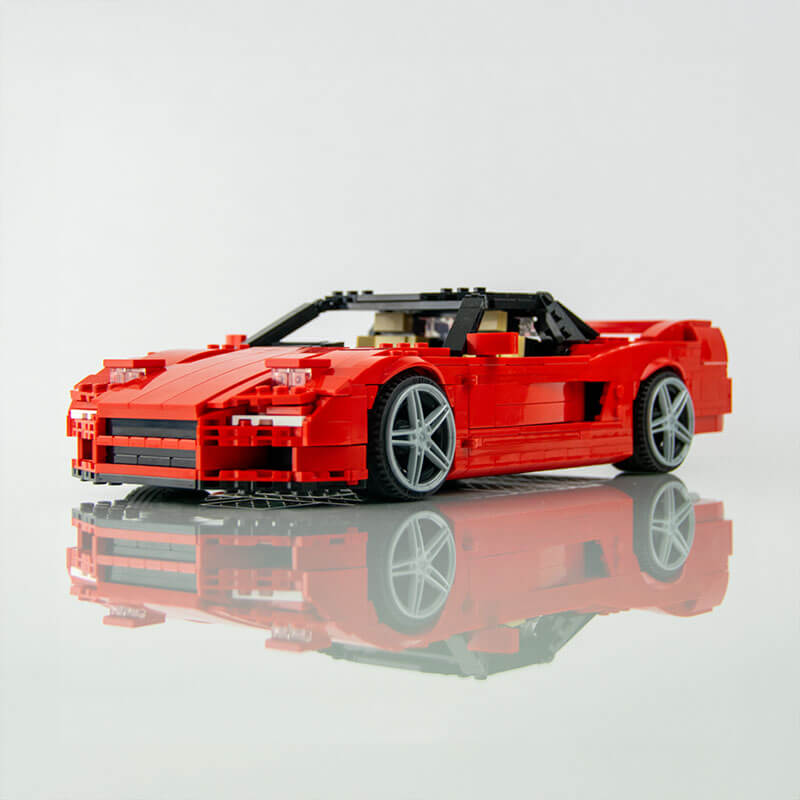
RECOMMEND JUST 1 OF YOUR MOCS TO YOUR FANS
"It has to be the JDM Supercar, especially the updated version."
View Model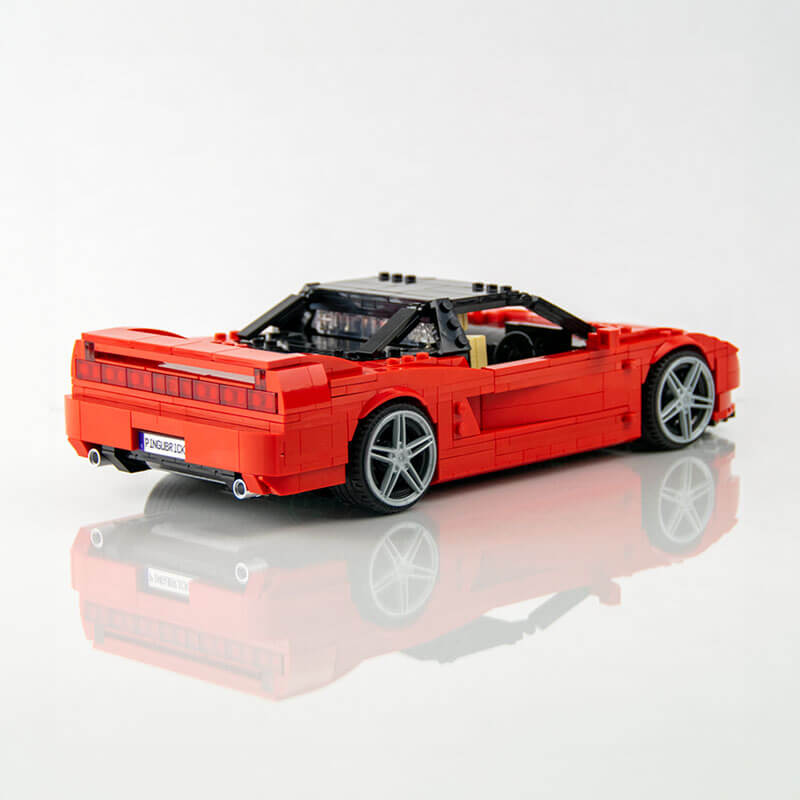
WHAT MAKES THE JDM SUPERCAR YOUR FAVOURITE?
"I would consider this to be the best overall creation in consideration of all its factors: stability, looks and features. It's a rock solid model when assembled correctly and features all the details, opening doors, front trunk, rear trunk, engine cover, glovebox as well as actual popup headlights operated by a lever in the passenger footwell, all while perfectly executing the lines and design features of the real things including the tail light bar and all air vents."
View ModelIS THERE ANY MOC THAT YOU'VE ALWAYS WANTED TO BRING TO LIFE, BUT HAVEN'T HAD THE CHANCE TO?
"Bugatti Chiron - dream car - as it's basically impossible to capture the beauty of the real thing in brick form. It's been a WIP for 4 years now."
-Jan R.
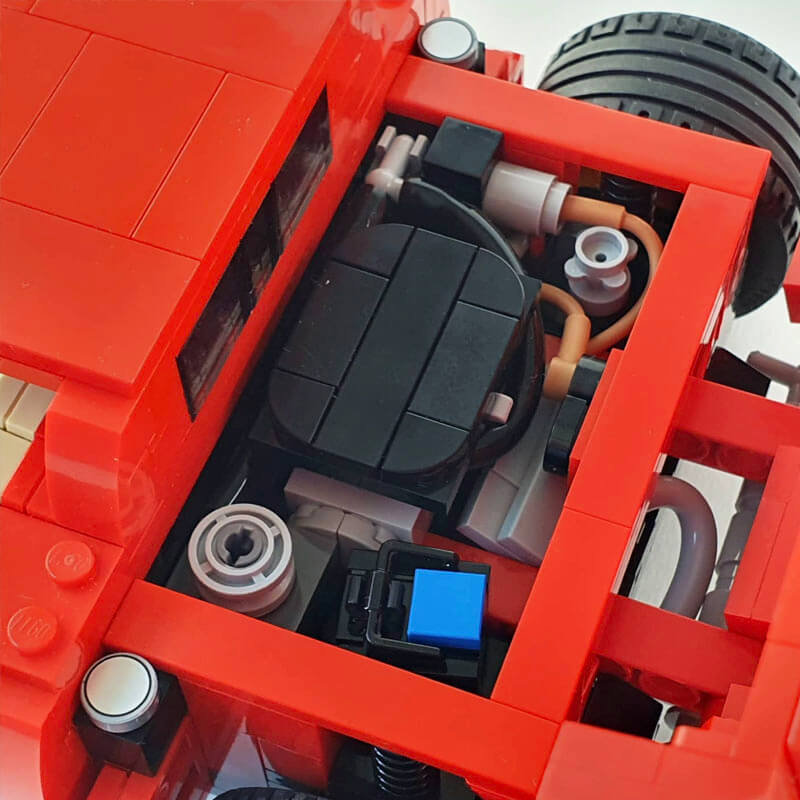
WHAT MODELS ARE YOU WORKING ON NOW?
"I'm currently developing a small scale replica of my university campus as a commission, and for the next car: the 2022 Ford GT."
View Jan's CreationsPINGUBRICKS UNIQUE CREATIONS
THANK YOU, JAN!
Jan, our fans are always blown away by the attention to detail and innovative building techniques your models offer. I speak for the whole team here when I say that we strongly admire your continuous search for perfection, carefully restructuring and releasing new iterations of your already flawless designs. We're extremely excited to see what you come up with next and can't wait to share more of your designs with our customers!
-Vlad T, Designer Program Manager.
